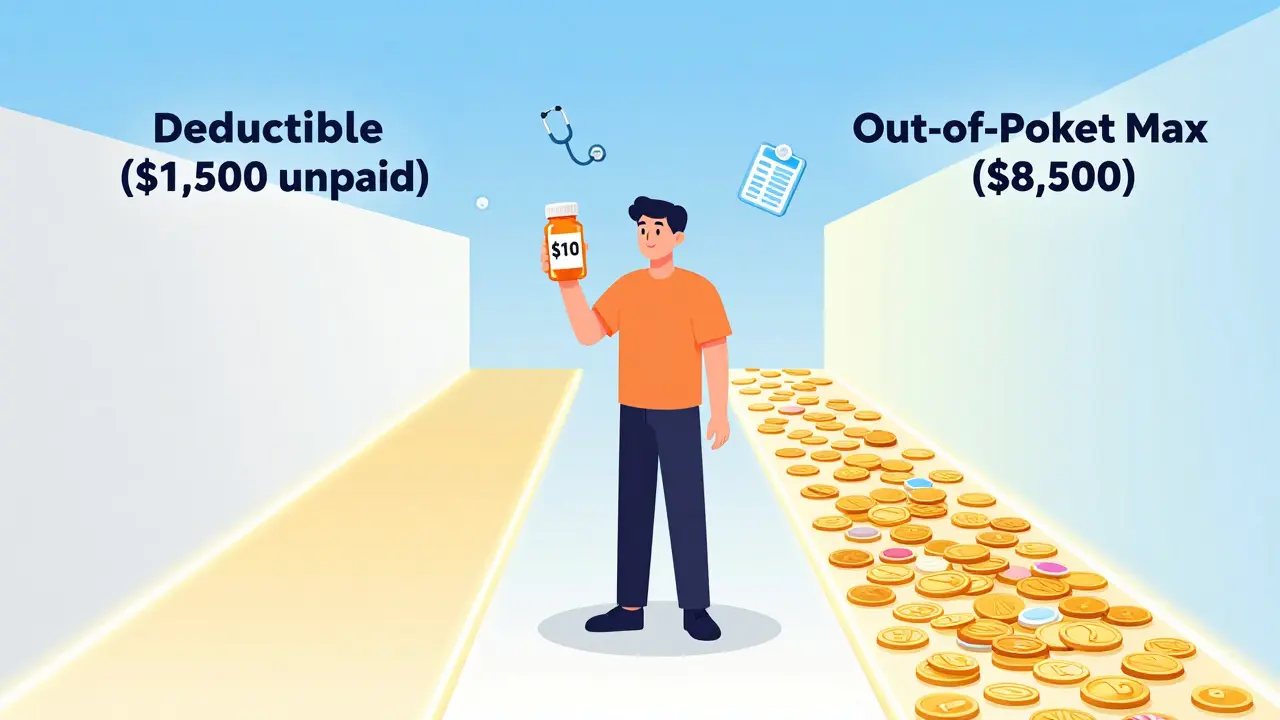Fast asthma relief: what to do when your chest tightens
Feeling short of breath is scary. The good news: simple, fast steps can ease an asthma flare while you get the right care. Keep calm, act quickly, and follow a clear plan so a bad episode doesn’t get worse.
Quick steps during an attack
Sit upright—don’t lie down. Loosen any tight clothing and try to breathe slowly. If you have a written asthma action plan, follow it now.
Use your rescue inhaler (short-acting bronchodilator) right away. Shake the inhaler, breathe out, put the mouthpiece in, press and inhale slowly. Hold your breath 5–10 seconds if you can, then breathe out gently. If your doctor taught you to use a spacer, use it—spacers help deliver medicine to the lungs better, especially for kids or people who struggle with coordination.
If symptoms come back quickly, most plans let you repeat the inhaler dose—often every 1 minute for a couple of tries. If you have a nebulizer with prescribed medicine, that’s an effective alternative, especially for children or severe attacks. Nebulized treatments turn medicine into a fine mist you can breathe for 5–15 minutes and often feel relief faster for some people.
What to do if relief is slow or partial
If the rescue inhaler helps but you’re not back to normal, call your doctor or follow your action plan about starting a short course of oral steroids. Doctors often prescribe a brief prednisone course to stop worsening inflammation. Only take steroids as prescribed—don’t self-medicate.
Check your peak flow if you use one. A drop from your personal best signals worsening airflow and can guide whether to step up treatment. Replace or refill rescue inhalers before they expire or run out—an empty inhaler won’t help in an emergency.
Prevent the next attack: know your triggers (pollen, smoke, cold air, exercise, strong smells) and avoid them when possible. Use controller medications as prescribed—these reduce flare-ups over time. For exercise-induced symptoms, using a rescue inhaler 10–15 minutes before activity often prevents attacks.
Signs you need emergency care: you can’t speak full sentences, your lips or face look blue, you feel very drowsy or confused, breathing gets much harder, or rescue meds give no real improvement. If any of these happen, call emergency services or go to the ER immediately. Low oxygen may require oxygen therapy and rapid medical treatment.
Carrying a rescue inhaler, knowing correct inhaler technique, and having an up-to-date asthma action plan save time and lives. Keep your inhaler on you, check it regularly, and talk with your doctor about when to use nebulized therapy or steroids. Quick action makes a big difference—so be ready.






